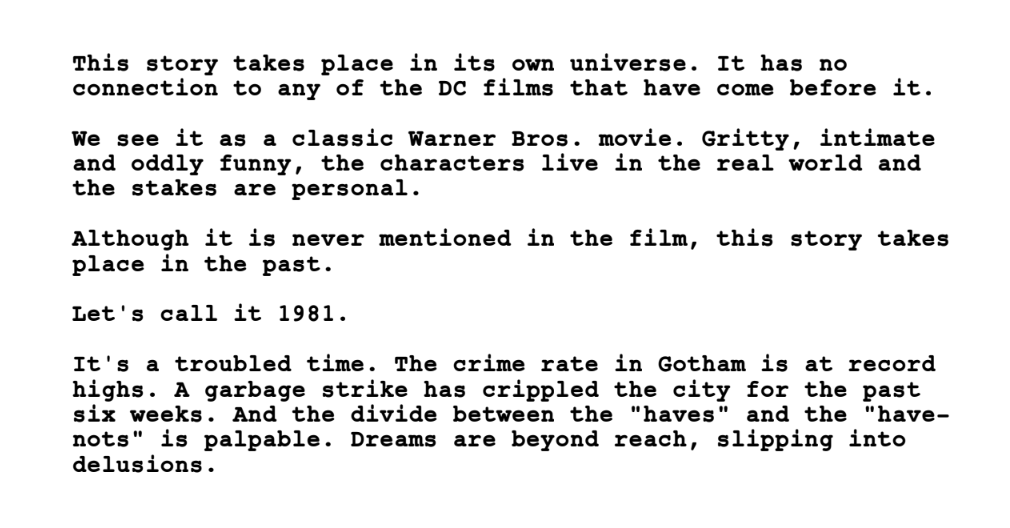Six days ago Pure Cinema Podcast posted a nearly three-hour interview with Once Upon A Time in Hollywood director Quentin Tarantino. Fascinating stuff, good chatter, etc. But honestly? I’m a little miffed that Tarantino avoided mentioning the obvious Burt Reynolds similarity when describing Leonardo DiCaprio‘s Rick Dalton. I’m almost wondering if QT is dodging the Reynolds thing out of spite.
Dalton is Quentin’s character, obviously — a macho TV actor who found his initial footing in the late ’50s and early ’60s but has been struggling throughout the ’60s to land a decent role in a strong A-level movie. So he can compare Dalton to any fucking real-life actor he wants. But to sidestep Burt Reynolds, especially given the buddy-buddy relationship Dalton has with Brad Pitt‘s stuntman character Cliff Booth, is disingenuous. Fair is fair and upfront is upfront.
I not only explained but predicted it all on 4.14.19: “Tarantino will probably tap-dance or shilly-shally when some journalist asks him this point blank, but Dalton-Reynolds fits together perfectly. The 1969 career situations of DiCaprio’s Rick Dalton (struggling, pushing-40 TV actor) and Pitt’s Cliff Booth (Dalton’s same-aged stuntman-buddy) mirror that of Reynolds and stuntman pally Hal Needham. Fucking obvious. Okay, with a little Clint Eastwood thrown in.
“In ’69 Reynolds, who had been acting on TV since the late ’50s (when he was in his early 20s), was a steadily working but diminished ‘known quantity’ who was more or less poking along with B-level features like Sam Whiskey and 100 Rifles and short-lived TV series like Hawk and Dan August.
“Reynolds had been trying and trying but was unable, during the first year of the Nixon administration when he was 33 years old, to break through into the bucks-up realm of A-level features. And then, after 15 years in the business (when he was 20 or 21 he was told he couldn’t play a supporting role in Sayonara because he looked too much like Marlon Brando), Reynolds finally made it over the hump and became BURT REYNOLDS.
“He accomplished this with the one-two-three punch of (a) his breakthrough lead role (studly survivalist Lewis with the bow-and-arrow) in John Boorman‘s Deliverance (’72), (b) that Cosmopolitan centerfold and (c) becoming a talk-show star with his amusing, self-deprecating patter in chats with Johnny Carson, Merv Griffin and David Frost.
“In the space of a few months Reynolds was no longer Mr. Semi-Obscuro but suddenly the cool guy whom everyone liked and admired.”
Here’s how Tarantino described Dalton on 7.3:
“He’s a bit like George Maharis, he’s a bit like Edd Byrnes, he’s a bit like Tab Hunter, he’s a bit like Fabian, he’s a bit like Vince Edwards. These are all guys that were handsome kind of he man…Ty Hardin, a certain kind of leading man that were handsome and most of them were kinda rugged. They spent their careers running pocket combs through their pompadours.
Read more

